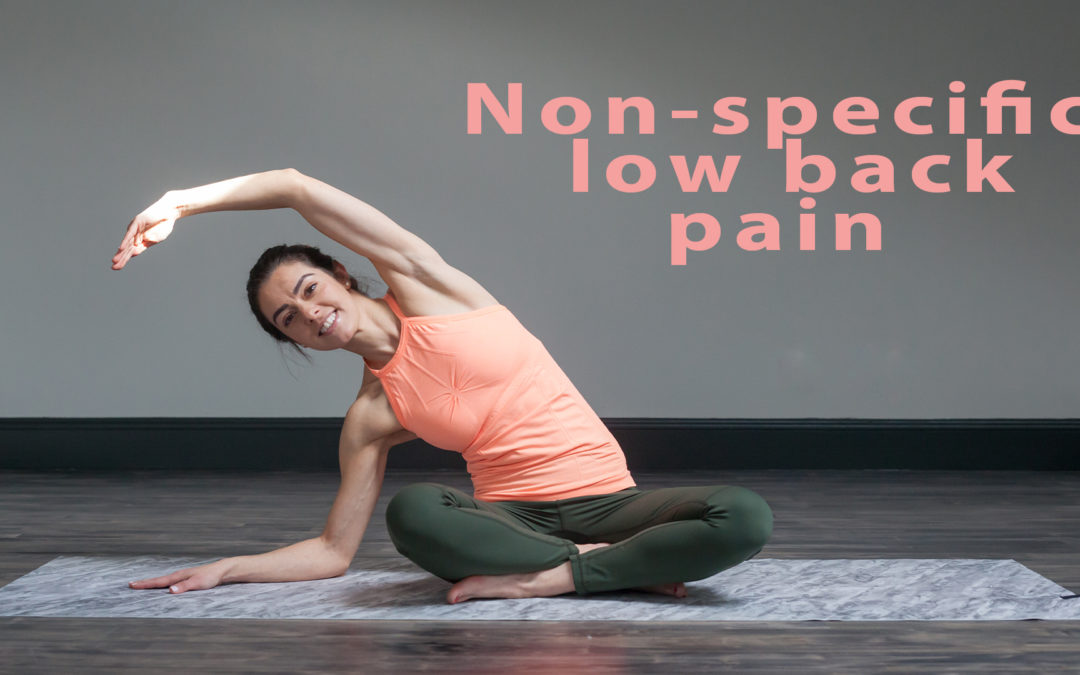Non-specific low back pain refers to low back pain without a specific explanation or structural damage source. It can affect up to 80% of the population and can alter quality of life. So how can the back get so painful without a proper injury?
There are many structures in the back that display a sensation of pain and over time the back can display sensitisation; this means it becomes more and more sensitive to irritations but with no particular reason or worsening of the condition. This occurs due to the nerve endings in the muscle, tendon, or ligament becoming increasingly sensitive; therefore they require less input for them to fire nerve impulses to the brain and a pain sensation to be felt. They also produce a greater output, so a small stretch that previously would not have caused pain can trigger a much larger cascade of nerve impulses to the brain and severe pain is felt that is disproportional to the tissue damage.
Large amounts of pain therefore do not automatically equal large amounts (or even any) damage. The spine is a very robust structure and requires significant forces or injury to properly damage it, but sensitisation can occur much more easily.
Posture
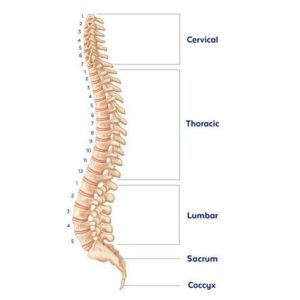
Our spine is made up of 5 sections, each designed to allow movement to occur. The S-shape of the spine increases our load-carrying capacity, provides strength, and absorbs shock when running or jumping. If we deviate from this posture, the spine takes additional strain and muscles have to work harder to hold the new postures, making them strained and fatigued. This can lead to pain after a certain time as they are overworking.
Ensuring we sit AND stand with good posture is essential! And ideally breaking these static positions with movement is the best recipe.
Static positions
Our bodies are hugely made up of muscles that help us to move at our joints. Muscles need activation to move, to break the posture, and ultimately to distribute the load evenly through the body regularly. The majority of everyday life now involves more sitting, or being static than regular movement, and even if we are moving it is often not in all the directions we would want. Regular, intentional, movement is key!
A seated position can place more than twice as much load through your lower back than a standing position, even if you are sitting correctly with good support. The longer we sit, the more likely we are to adopt different positions such as slouching forwards, leaning on one side, or crossing our legs. These all contribute to increased load on specific areas rather than equal distribution. This in time leads to aches and pains as the tissues work to take the extra load and eventually fatigue, tighten, or simply fail.
Static vs. Activity
Try to break your static posture regularly! Pelvic tilting is a movement used to achieve lumbar-pelvic dissociation, meaning you can move the two regions of the lower back and pelvis in relation to each other. This allows segmental movement within the vertebrae (spinal bones) and reduces stiffness, as well as allowing the intervertebral discs to provide better shock absorption. When a back becomes painful the first thing that may occur is that it becomes stiff, or it becomes too painful to move. Regular pelvic tilts can reduce both of these. Pelvic tilts can also activate the core muscles, which is highly important in low-back pain (see further below!).
Stretching
Muscles are designed to move, in fact they need to contract and relax for full function. If you remain in one position for some time this can mean muscles may be constantly under pressure and remain contracted, therefore they will feel tight and stiff. Regular stretching can alleviate this by releasing tightness and restoring balance to your body. This can be worse on the lower back because we then adopt “more comfortable” positions and these increase tightness through other areas. Try these stretches as a daily habit:
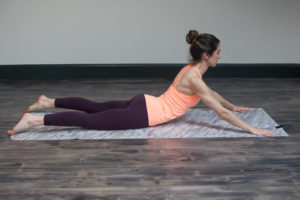
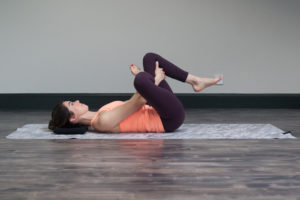
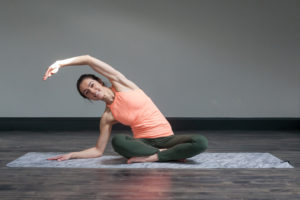
1) Cobra
2) Gluteal figure of 4 stretch
3) Mermaid stretch
Strengthening
Try this short workout designed specifically for low back pain:
Core muscles
The trunk is supported by your core muscles. The core also transfers forces to the arms and legs to provide stability upon moving, so they are required for all seated positions, and movement. Research has shown that even one episode of low back pain demonstrates a 20% reduction size of some core muscles within 24 hours, as well as muscle wastage, increased core fatigue, and delayed activation of the core muscles. Therefore, core training should be included within any episode of low back pain to regain this support and offload other structures. These beginner level exercises can activate the core and begin strengthening these muscles in the different directions required:
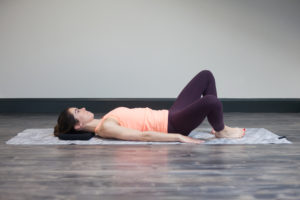
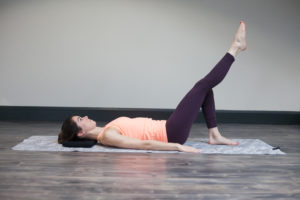

- Hip twist: Keeping the pelvis stable gently open one knee out to the side and return. Alternating sides.
- One leg stretch: Bring one leg to 90 degrees then extend it out. Alternate legs.
- Scissors: Float one leg to 90 degrees then lower back down. Alternate legs.
Gluteal muscles
The gluteal muscles (bottom muscles) absorb 3-4 times your body weight during walking, and much more during running and physical activity. Prolonged periods of sitting quickly weaken these muscles as they receive reduced activation. They are a large muscle group and therefore require regular stimulation to remain active, and have the strength to absorb 3-4 times your bodyweight! Here are 3 ways to get your glutes going within the different movements required:
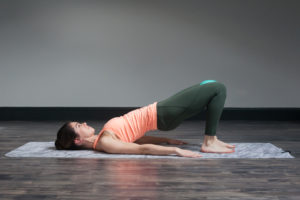

- Bridges: Engage the core and squeeze a ball between the knees. Roll the spine up off the mat into your bridge position, then roll back down again.
- Squats: With legs hip distance apart, bend at your hips and knees in to a squat position, then back up again.
- Picture not shown: Hold the squat position, and extend one leg out to the side, then back to the start. Alternate legs.
NOTE: Whilst these exercises and advice are appropriate for non-specific low back pain, they are not specific to you. Do not exercise in to pain. Please see a Chartered Physiotherapist or Health Professional for any symptoms you may have for a proper assessment and treatment plan.

